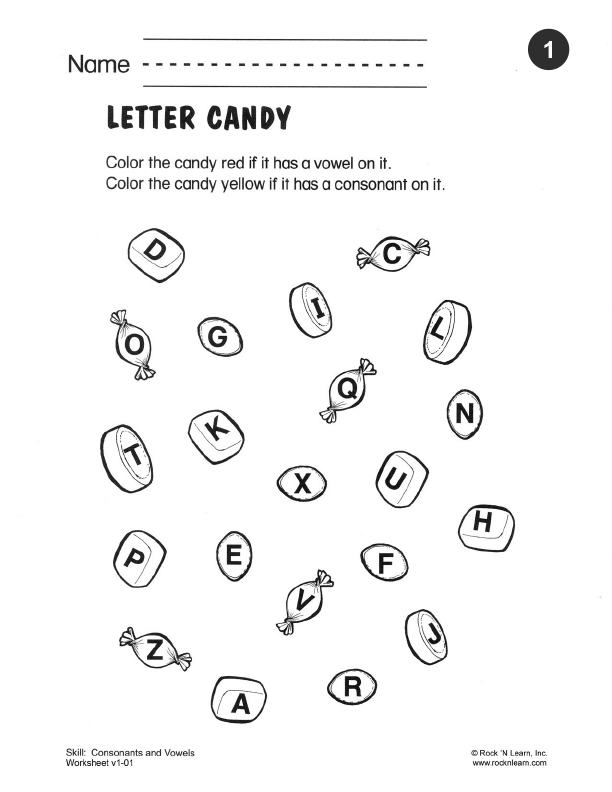Beginning Consonant Worksheets

Use our free and printable ‘Beginning Consonants – Worksheets’ to give kids some practice with letter sounds. Reading worksheets and lesson plans like these are. ESL, Phonics Beginning Consonants, Reading and writing Materials – Beginning consonants worksheets – Early reading skills, phonics and ESL vocabulary worksheets.
Part 1 Step 1: Pair students with partners and take students through the Where Is Emily? A Clifford Interactive Storybook Activity using these steps: • Read the title of the story to the class. • Click to the first page and have a student read the first sentence. • Model for the students how to click the speaker icon next to the sentence to hear it read aloud. If the reader makes any mistakes, see if he or she realizes it. • Reread the sentence with the entire class at once.
Step 2: Point to the word 'play' at the end of the first sentence. Read it aloud, emphasizing the beginning consonant sound /p/ while pointing to the letter p. Ask students what sound the letter p stands for. Ask students what other words begin with the /p/ sound.
Write their responses on the whiteboard or chart paper. Step 3: For the second sentence, have another student read the phrase without providing a word for the blank. An Introduction To Statistical Modelling Krzanowski Pdf Download.
Click the speaker icon to hear the second sentence and again read the phrase together. Explain to students that they need to complete the sentence by choosing one of the words in the circles. Have students click the first word and repeat it. Did they notice the picture appear on screen?
After students click and repeat the second and third words, point out the /t/ sound in each. Ask what letter the sound /t/ stands for and what other words they know that begin with the /t/ sound.
Record their responses. Now have students select one of the three choices to complete the second sentence. Step 4: Read, listen to, and reread the third sentence. Point to the word 'But' and read it aloud.
Ask students what sound the word 'But' begins with. What letter makes that sound?
What other words begin with the /b/ sound? Record students' responses. Step 5: Have students go through the entire storybook with their partner following the read-listen-and-reread pattern with each sentence. They should click a word to complete the sentence on every page.
Point out that the three words always begin with the same sound. Can they identify the letter the sound stands for? What other words do they know that begin with the same sound?
Have them share their words with each other and encourage them to correct each other if they identify the wrong sound or letter. Part 2 Step 1: When students have finished reading Where Is Emily?, send them to the Sound Match: A Clifford Interactive Storybook Activity, and click the speaker icon to hear the instructions.
Libretto Istruzioni Audi A4 Avant 2010. If necessary, model how to click and drag the objects into the box. Step 2: Have students click the first picture box to hear the name of the object aloud. What is the beginning consonant sound? Before they place any objects in the box, students should click on each of the other objects shown and review their names. Which have the same beginning sound as the object at the top?
Students should click on the correct objects and drag them to the box. Step 3: After they've gotten all the correct objects, have students share other words that begin with the same sounds. Step 4: Review the remaining objects and ask what the beginning sounds are for each one. • Select a Clifford book to read to the class.
Read the book the first time in its entirety, without pauses, so children can enjoy the language and illustrations. Reread the book on a later day and discuss items of interest, such as finding objects in the illustrations that begin with a specific sound. Create word charts using the words and pictures in the book. Students may also enjoy creating their own Clifford books based on the pattern of the original book.